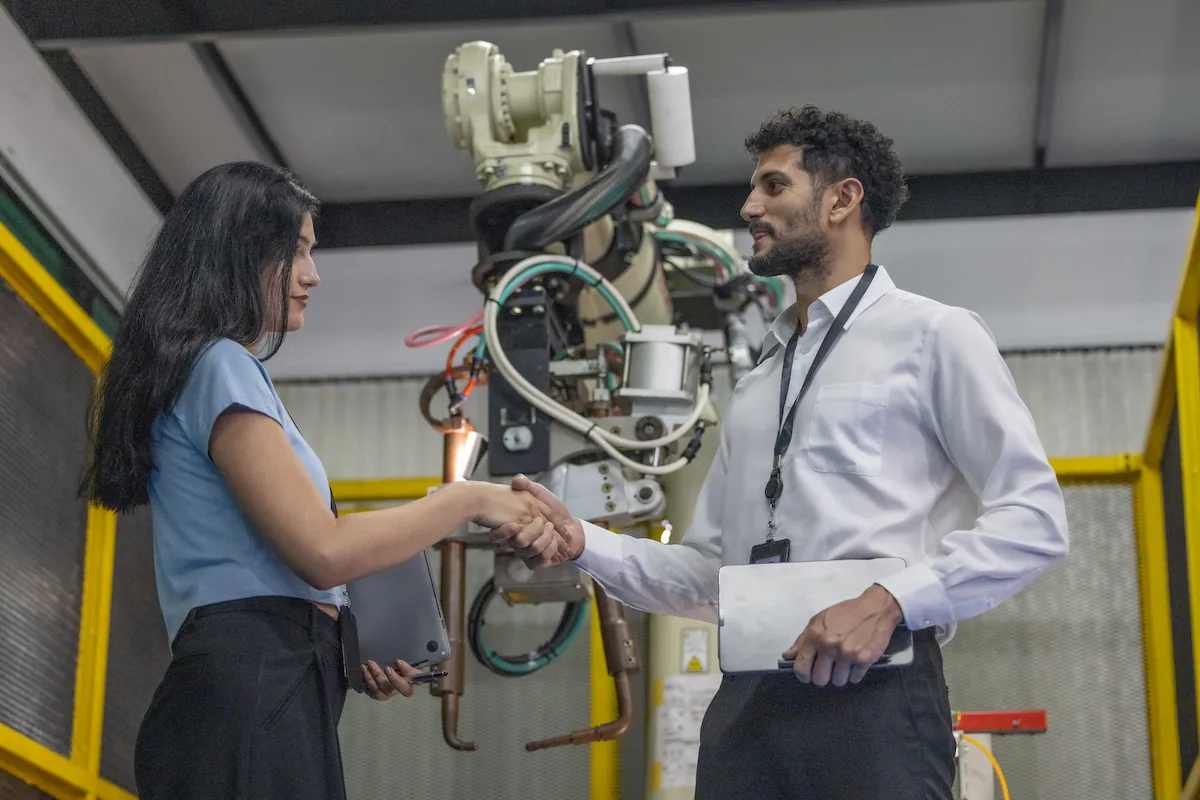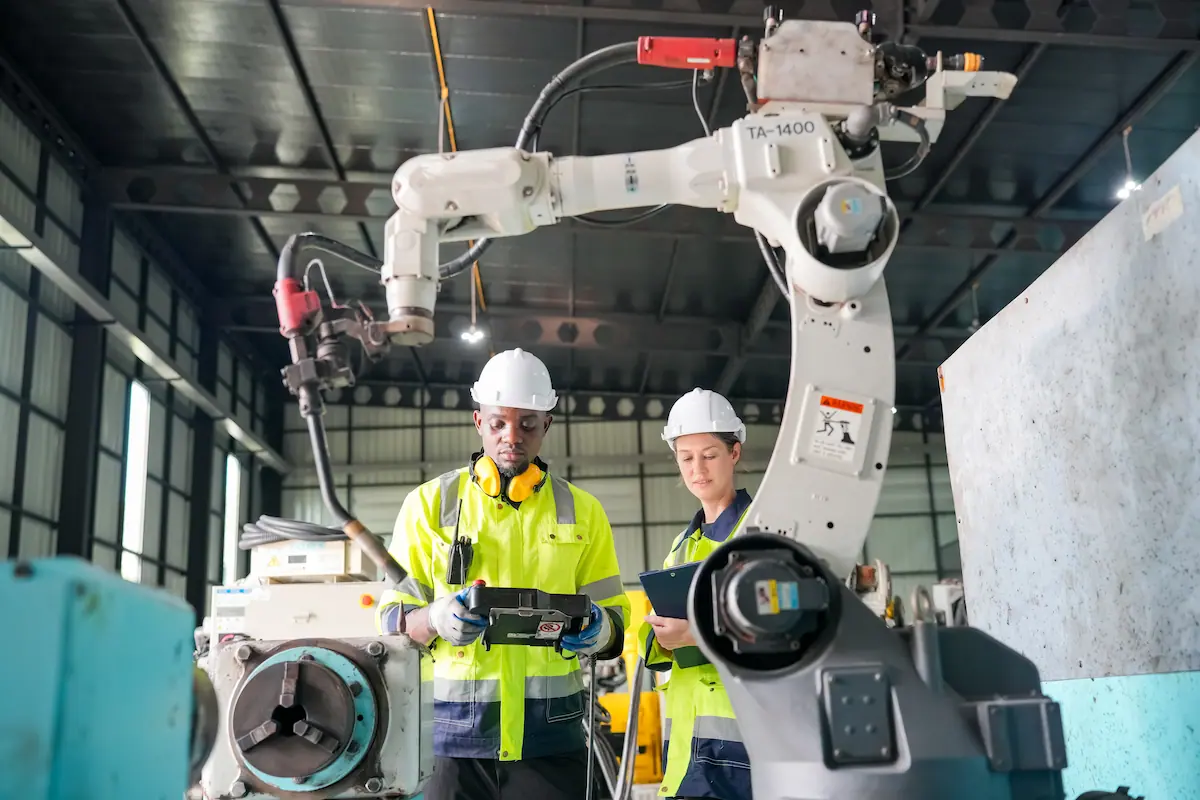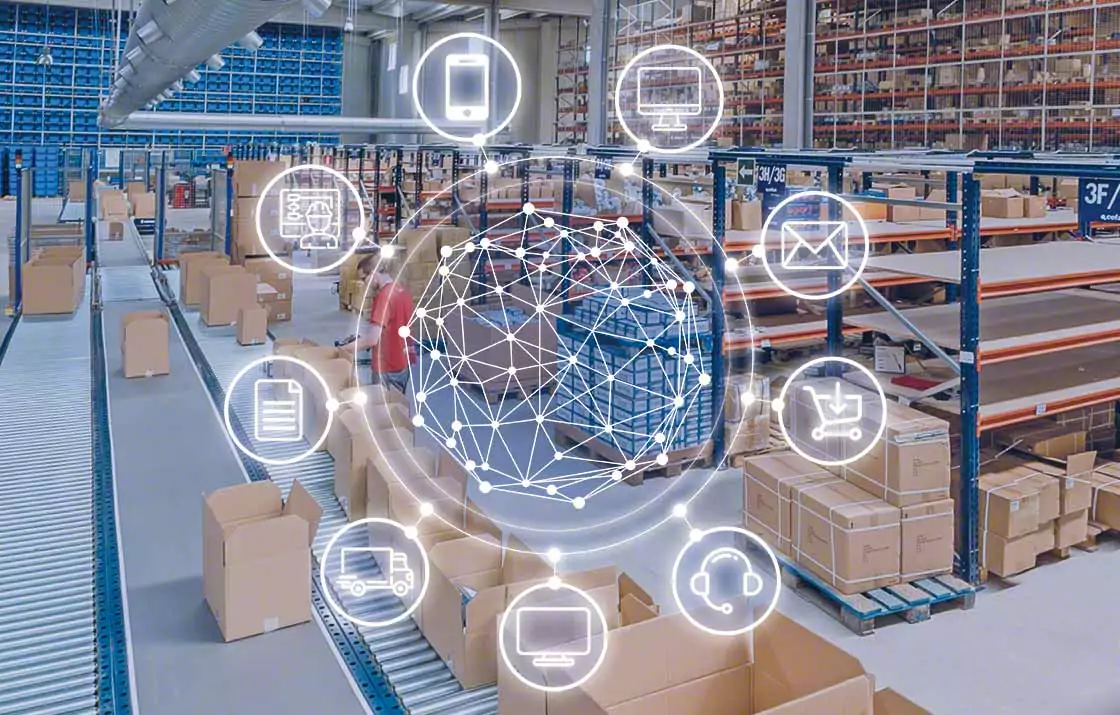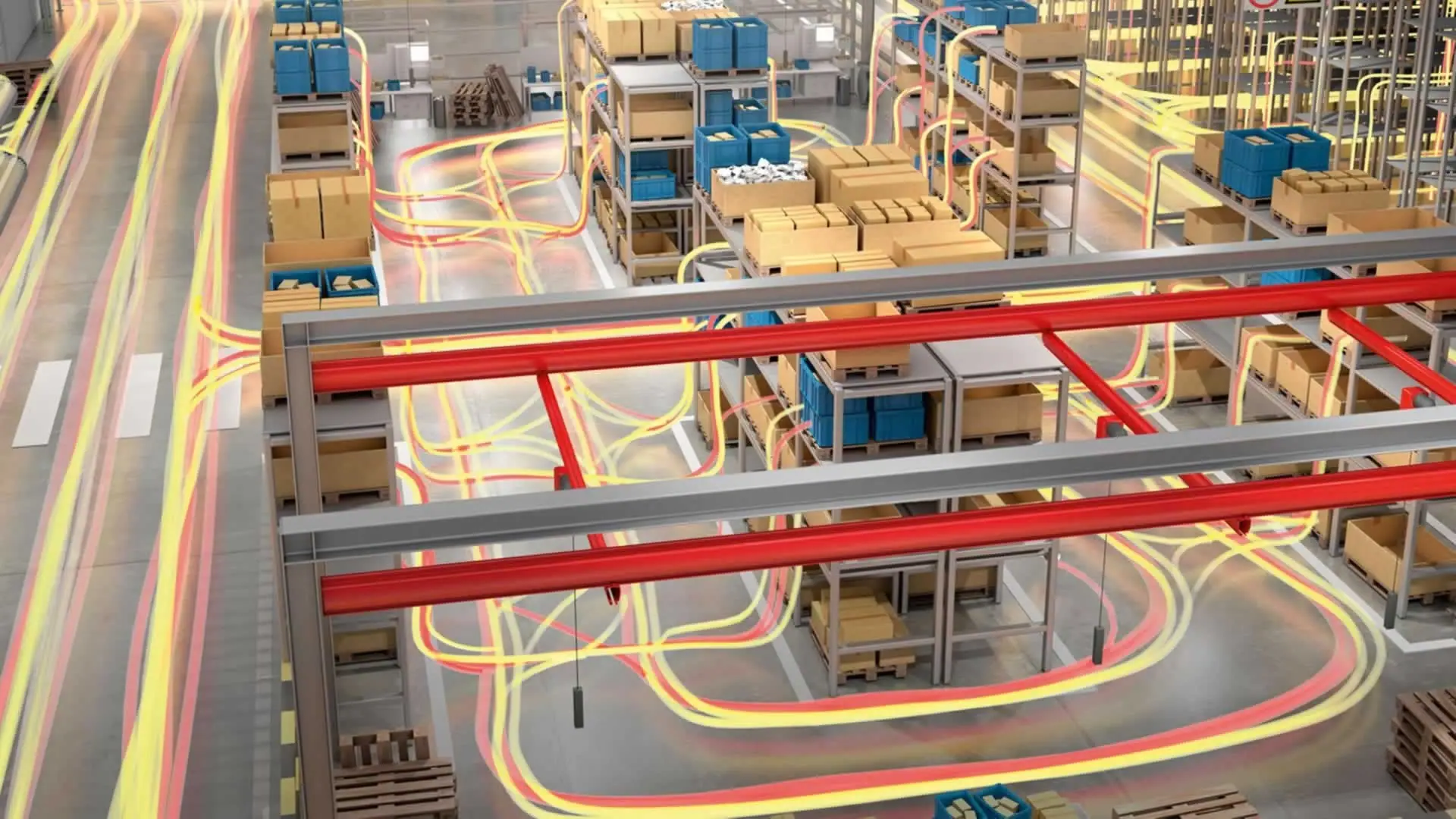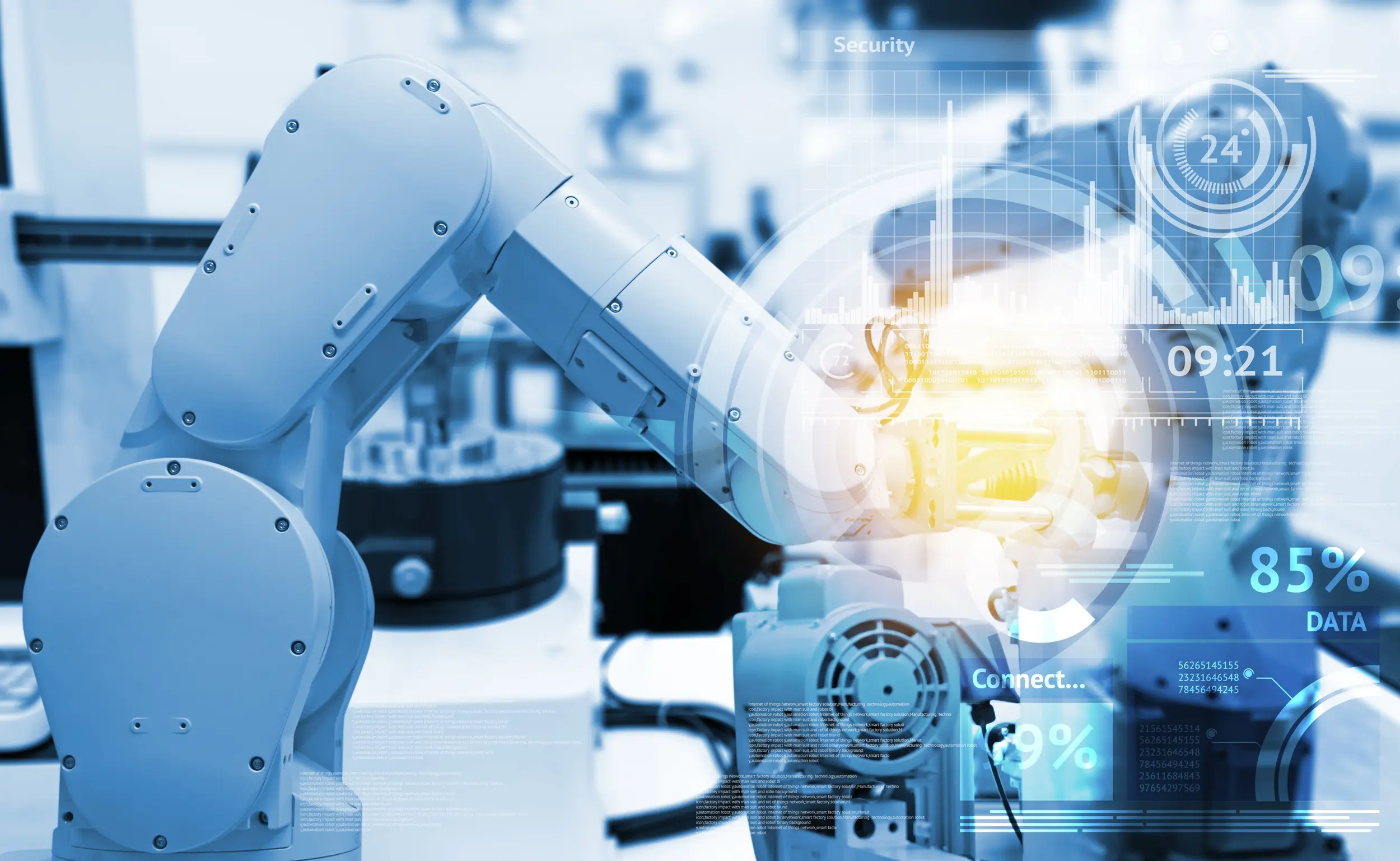Content index
ToggleDistribution centers increasingly play a critical role in the efficiency and productivity of businesses. Their importance has further increased due to the effects of the pandemic, which have led companies to offer e-commerce services to their customers. Product shipments from the company to the customer have increased significantly, and with them, consequently, also the workload that distribution centers must be able to manage.
Taking into account that in recent years the transition from "traditional" warehouses to distribution centers is gaining the upper hand, I will now try to give you an overview of what exactly a distribution center is and how it differs from the traditional warehouse.
Do you know what exactly a distribution center is?
The distribution center is a central element of the company's supply chain. In fact, it is responsible for carrying out the function of receiving, sorting and delivering the orders given to it. When you think of a distribution center, however, you don't have to think of a mere traditional warehouse.
Unlike the latter, which mainly focuses on the storage of goods and the preparation of orders, the distribution center focuses on the efficiency of the process of receiving, managing and shipping goods, seeking solutions that minimize order management time. Distribution centers often equip themselves with very innovative technologies to increase the quality of their services. In fact, there is no shortage of centers that are equipped with systems that use artificial intelligence for sorting goods.
The distribution center as an outsourcing of functions
As you've probably guessed, the distribution center is for many businesses an outsourcing of its functions, i.e. the entrusting to an external body of the performance of some functions that the company previously carried out autonomously. To give you an example, if you were the owner of a company that produces computers and you offered a home delivery service you would have two choices: the first is to manage the receipt and delivery of customer orders independently, the second is to rely on an external company.
Obviously, the most convenient choice between the two solutions is not the same for everyone, it depends on the type of business and the company structure. What I can certainly tell you is that in the case of independent management you will have to dedicate part of the company's staff to managing orders, with obvious expenses due to the remuneration of company staff and the space dedicated to the warehouse; in the second case, i.e. outsourcing through a distribution centre, you will obviously have to pay a periodic fee, but you will have the certainty that the delivery and order management service will be of excellent quality and carried out in shorter times compared to those of a totally managed autonomous.
How a distribution center is structured
If you want to know how a distribution center works, you must first know that in most cases they are based on a division of the structure into two areas: the receiving area and the shipping area.
In the reception area, new goods arriving during the day are classified and divided into departments; in the shipping area, however, the goods are prepared for delivery, dividing them according to destination and couriers. In this area, the actual loading phase of the goods onto the trucks or vans dedicated to delivery also takes place, which is carried out both manually and using special machinery and forklifts.
Sometimes, especially in larger distribution centers, the so-called storage bay that is, an area in which the products that are transiting between the receiving and shipping areas are temporarily stored. In reality, the need to reduce delivery times is leading the storage bay to leave room for other methodologies, such as the use of automatic conveyor belts and, in general, more innovative machinery.
How a distribution center works
As you can imagine, distribution centers, since they work for various companies, receive products of all types and which must be quickly delivered to different cities or locations. For this reason, every single operational phase must be well defined and organised, so that if there were to be an error in the production process it would be easier to trace which phase of the production chain has errors and correct it during construction.
There are four main operational phases and we could define them as: receiving, storage, picking, shipping.
In the first phase goods from suppliers and other centers are received. In this phase, the work of unloading the goods from the trucks is therefore carried out, which are temporarily transported to special areas of the distribution center.
There second phase, storage, is where goods are divided based on their future destination and type (some may require, for example, to be stored at lower temperatures). This phase, as you can imagine, is carried out in the area that I had previously described to you as the reception area.
There third phase, that of picking, is actually closely related to the previous one. The difference is that in this case more attention is paid to the material division of the goods, which are often placed on gigantic shelves. To summarize, you can imagine that while in the second phase the goods are classified, in the picking phase they are placed on special shelves based on the previous classification.
Lastly, it will be a matter of shipping the goods to the destination indicated by the suppliers. This is the fshipping location, which consists in the physical movement of goods from the distribution center to the trucks or vans that take care of the delivery.
The four phases that I have described to you are obviously a summary of the functioning of a distribution center. In practice, each has its own peculiar characteristics aimed at attempting to make it perform better than the others. This is the classic game of "fighting" the competition.
One of the most important points, from this point of view, is to support management with top quality management software. Even in this sector, in fact, innovation reigns supreme. If you are able to automate, through the use of software, most functions, you will have an immense competitive advantage.
The distribution center is not just about distribution
If you think that the distribution center's activity is "only" to receive and deliver goods, you should know that in reality this is not exactly the case.
Distribution centers differ from simple warehouses also because they perform additional functions, which, although always linked to the concept of goods distribution, guarantee those who rely on the centers additional services.
One of the services you can count on is that of product packaging. The company that relies on a production center can in fact also entrust the packaging phase of the goods, so as not to even have to worry about the packaging phase. You must know, in fact, that packaging, that is, packaging your products according to certain rules and styles, is a fundamental presentation towards the customer, who, faced with a well-packaged product, will immediately have a positive impression of the company sender. For this reason, many companies delegate these tasks to their distribution center.
Sometimes the center also takes care of making small changes to the goods, for example by attaching flyers or small kits to the goods coming from a supplier who requests them.
I hope to be proved helpful!
In this short article I have tried to give you some indications regarding what services distribution centers are able to offer you and how they work and are structured. As you have probably guessed, efficiency and innovation go hand in hand in this sector too.

